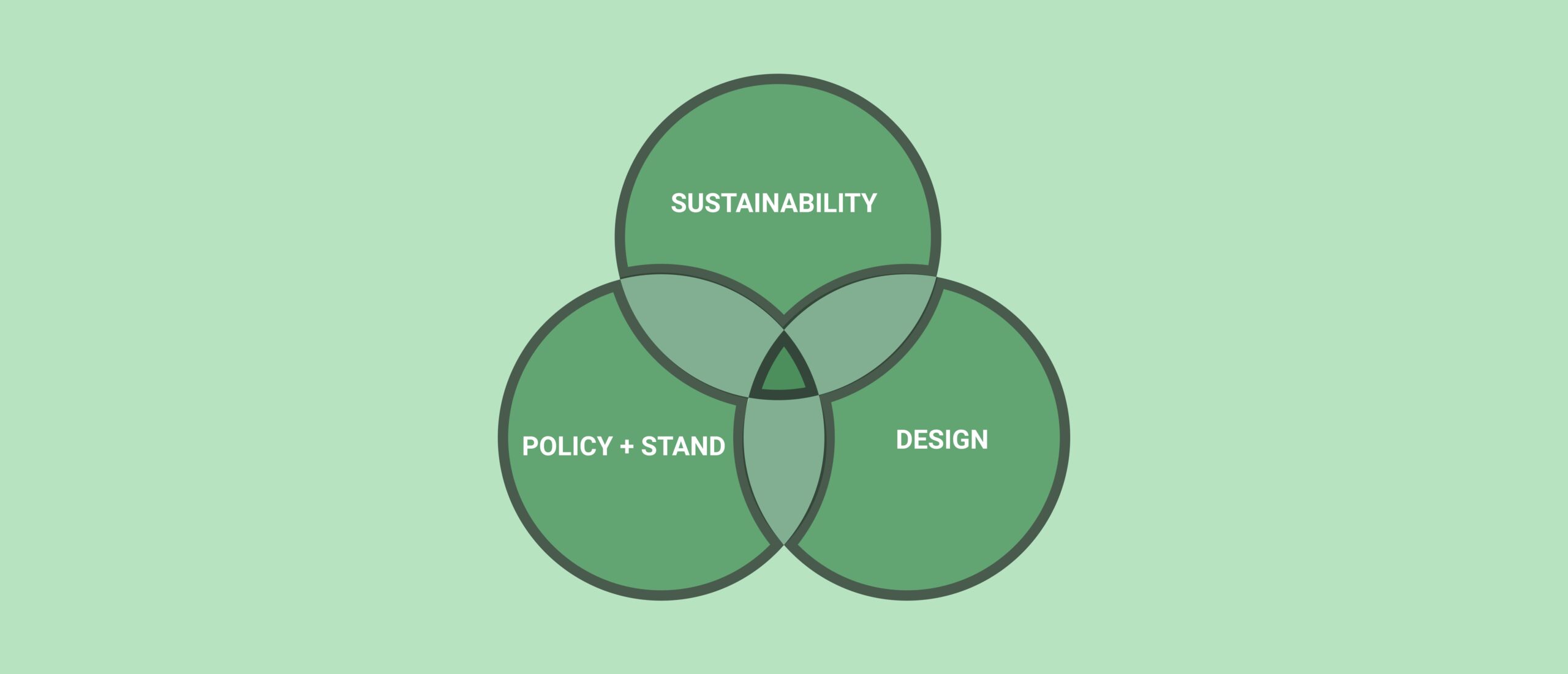Lately, the Earth has been facing significant challenges. It’s clear that our planet is struggling to support itself. Shocking numbers show that we’ve lost a massive 68% of our forests.
In the midst of this crisis, we’re left wondering: How can we stop this destruction? One possible answer is to adopt eco-friendly design.
This approach allows designers to teach people about sustainable living, encouraging them to make choices that help the environment. Let’s explore the opportunities this presents.

What Does Sustainable UX design mean?
Living an eco-friendly lifestyle involves adopting a mindful approach to preserve our environment’s integrity. It includes making intentional choices such as opting for eco-friendly packaging, supporting recyclable products, and reducing energy consumption. These actions aim to conserve our planet’s precious resources. Designing with an eco-friendly mindset means creating products that minimize environmental impact, considering factors like energy efficiency, climate influence, and carbon footprint.
Innovation plays a crucial role in healing and protecting our environment. The emerging generation, particularly Gen Z, leads the demand for sustainable products. They prioritize eco-friendly alternatives and strive to make conscious choices that contribute to our planet’s preservation. This presents an opportunity for companies to meet this demand and prepare for the future.
You can also read : What Actions Can Craft Sustainable & Green UX Experiences
UX designers have a variety of techniques to instill sustainability in people’s minds. Many innovative ideas are emerging in experience design to promote eco-friendly living.
Designing for sustainable living isn’t just about reducing our environmental footprint. It’s also about creating a better future for generations to come. By prioritizing sustainability in design, we can mitigate the adverse effects of climate change, preserve biodiversity, and ensure a healthier planet for all living beings.
According to the World Wildlife Fund, global wildlife populations have declined by 68% since 1970 due to habitat destruction, pollution, and climate change. It’s about fostering a mindset of stewardship and responsibility towards our environment. Our actions today impact the world we leave behind for future generations.
Moreover, designing for sustainable living can have positive social and economic impacts. Sustainable design practices often go hand in hand with ethical sourcing, fair labor practices, and community engagement. According to a report by the United Nations Development Programme, sustainable development projects have the potential to create three times more jobs than traditional development initiatives.
By supporting local economies, empowering marginalized communities, and promoting social equity, sustainable design contributes to building more resilient and inclusive societies. Additionally, investing in sustainable technologies and practices can drive innovation, create new job opportunities, and spur economic growth. All while safeguarding our planet’s resources for the long term.




